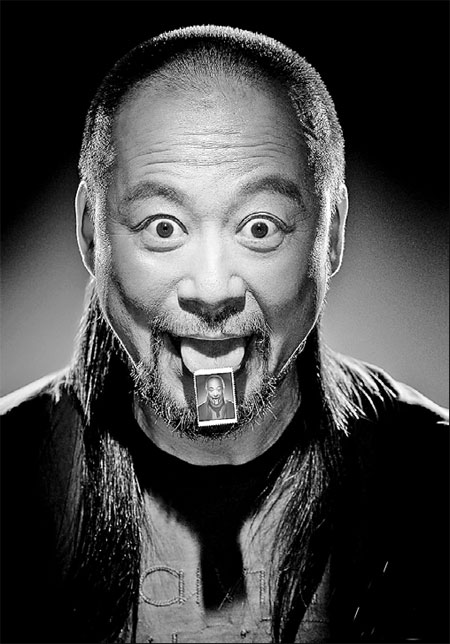 |
|
Cang Xin, one of China's most controversial art figures, says targeting problems is the nature of contemporary artists because "we are always thinking critically". Photos Provided to China Daily
|
Cang's other work, which includes performance art, paintings, sculptures, installations, videos and photography, has also grabbed the attention of collectors abroad. Red Mansion Foundation in London, Partner for Art Foundation in New York and the Czech Prague International Museum all display his artwork.
Many examples show a respect for nature. There are also influences of shamanism and Cang's experience of travel to the northern territories in Australia, where he says he once witnessed local people playing music at home which drove out flies "like magic".
Talking with Cang, it is clear the path of a contemporary artist in China can be a tough one.
Cang, a Manchurian, was born in Inner Mongolia autonomous region and moved to Hebei province with his parents when he was 5. He moved to Beijing to pursue his dream of being an artist in 1992, settling in a village close to the city where many people lived by scavenging in rubbish dumps for things to sell.
"We could hardly afford to eat and were always looking for somewhere to scrounge a meal," he says.
"I was working at a photo agency, so I had a little regular income each month. We all borrowed money from each other and helped each other out."
Living conditions have improved for Cang and most other contemporary artists, but public indifference continues to be an issue. While traditional art is welcomed, contemporary art is usually shunned, he says.
Edward Sanderson, a British curator and writer based in Beijing, who is writing a book on Cang, says he has learned much about the misunderstandings Cang's work has created.
We recommend:
